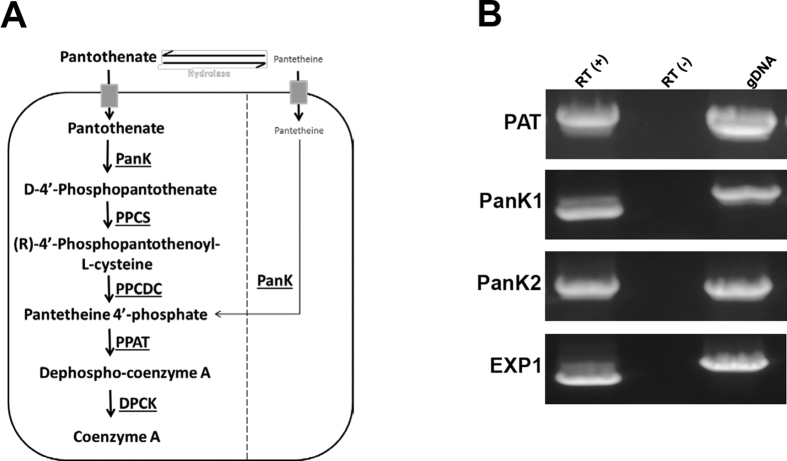Figure 1. Model of the CoA biosynthesis machinery in the malaria parasite and transcription of PanK1 & PanK2 during blood stage development in P. yoelii.
(A) Pantothenic acid is first transported into the parasite by a pantothenate transporter and then phosphorylated to form 4′-phosphopantothenate. Addition of cysteine to 4′-phosphopantothenate by a Phosphopantothenylcysteine Synthase (PPCS) produces 4′-phospho-N-pantothenolycysteine (PPC). Decarboxylation of PPC by a PPC decarboxylase (PPCDC) produces 4′-phosphopantetheine (PP). Adenylation of PP by Phosphopantetheine Adenylyltransferase (PPAT) produces Dephospho-CoA. The latter is phosphorylated by a Dephospho-CoA Kinase (DPCK) to produce CoA. (B) Evidence for PyPanK1 and PyPanK2 transcription during P. yoelii asexual blood stage development in mouse erythrocytes. RT-PCR analysis on total RNA isolated from wild-type infected blood (parasitemia ~1%) was performed using the primer pairs listed in Supplementary Table 1. Expression of the P. yoelii PyEXP1 (Exported Protein1) and PyPAT known to be expressed in asexually replicating parasites was also determined as expression controls. Control PCR reactions on RNA in the absence of reverse transcription (−) or on genomic DNA were also performed.

